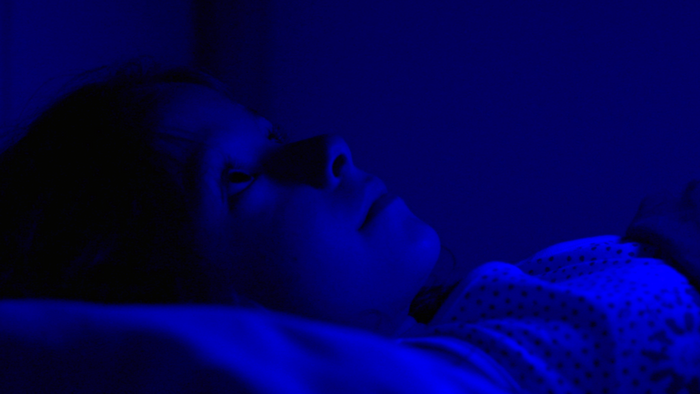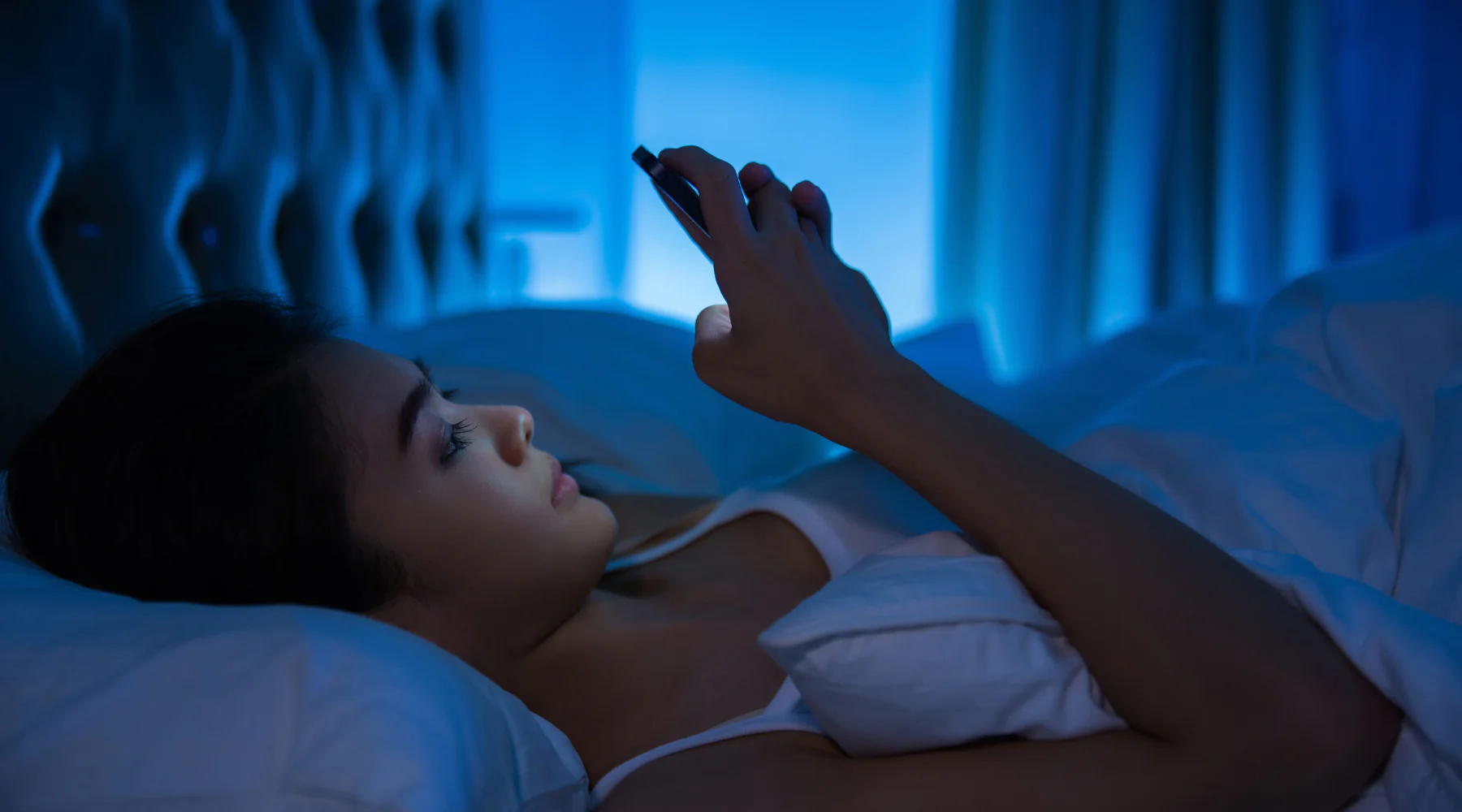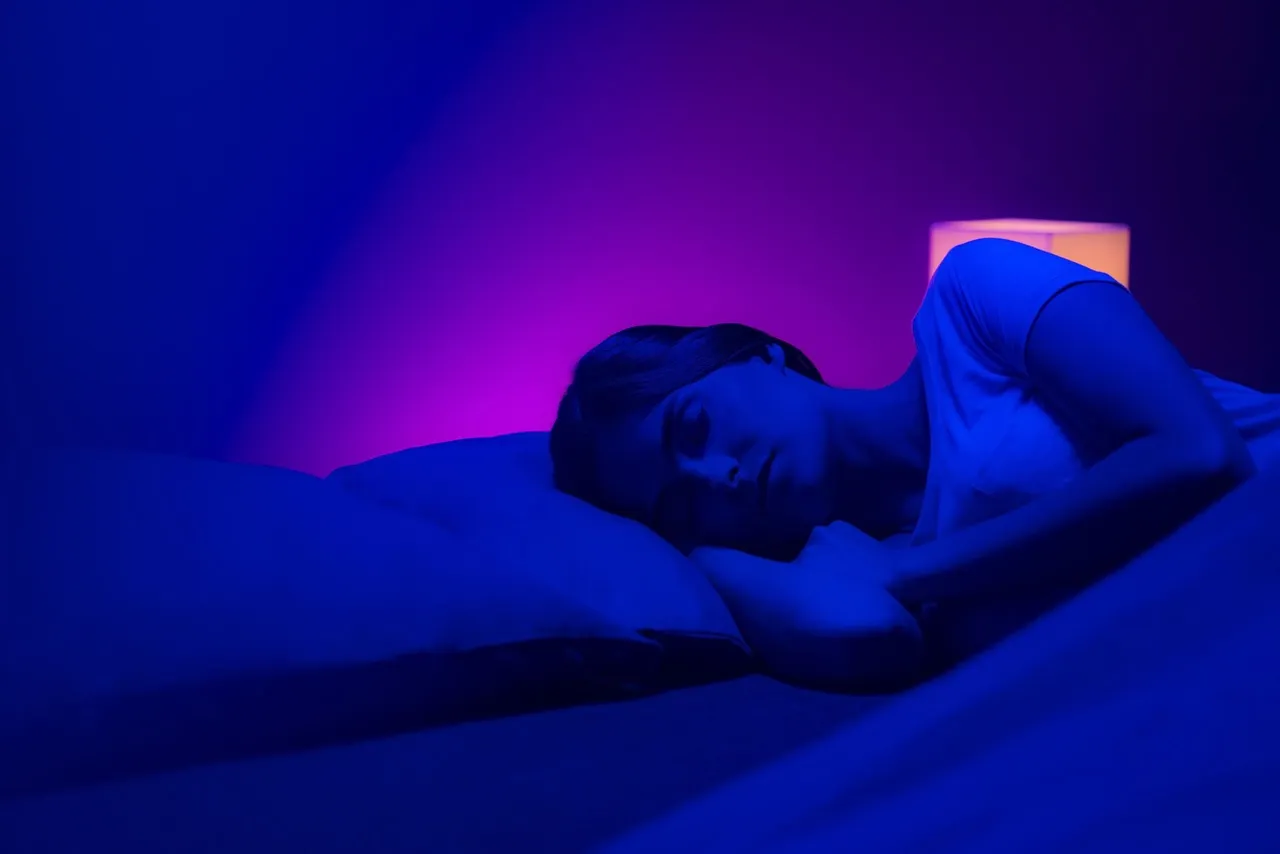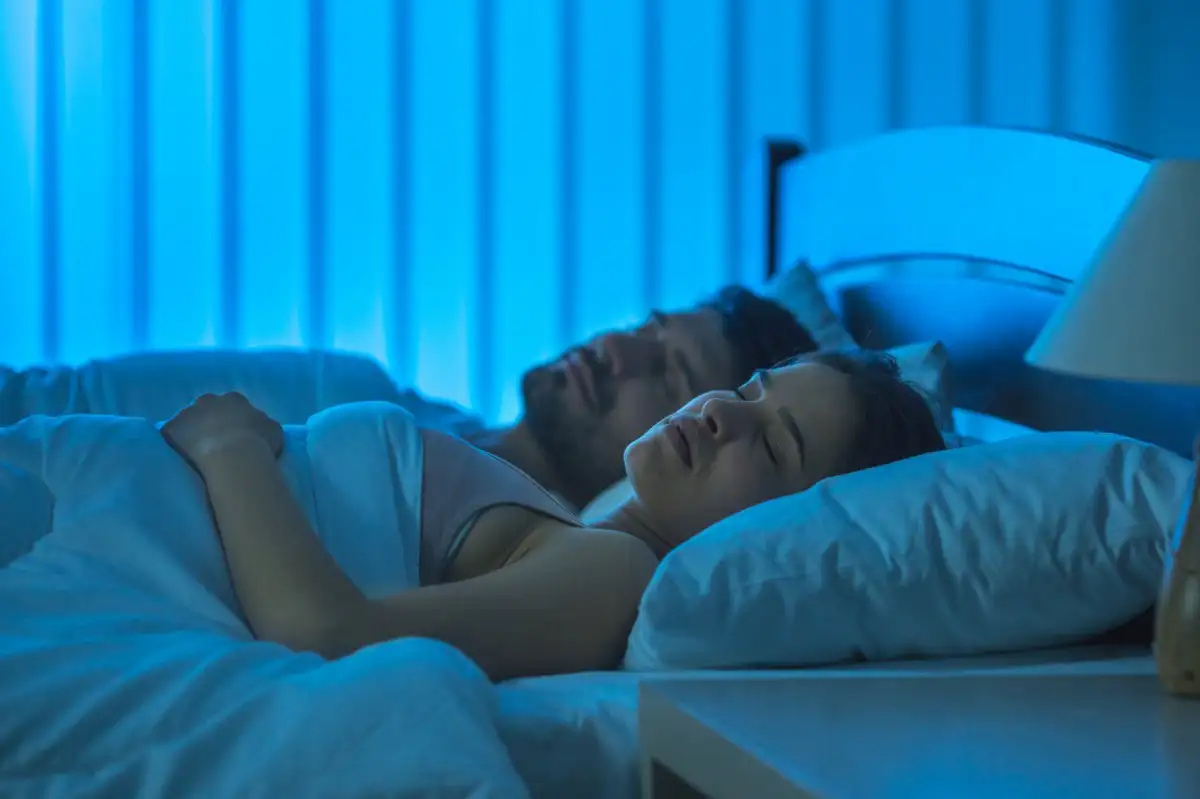In our increasingly digital world, we’re surrounded by screens that emit a particular type of light that’s quietly wreaking havoc on our sleep patterns. Blue light, once only available from the sun during daylight hours, now floods our homes and workplaces through smartphones, laptops, televisions, and energy-efficient LED lighting. While this technological advancement has revolutionized how we work and communicate, it has also introduced an unexpected consequence: widespread sleep disruption that affects millions of people worldwide.
The relationship between blue light and sleep is more complex and significant than most people realize. This high-energy visible light doesn’t just make it harder to fall asleep—it fundamentally alters the biological processes that govern our sleep-wake cycle, potentially leading to long-term health consequences. Understanding how blue light impacts your sleep cycle is crucial for anyone looking to improve their sleep quality, enhance their health, and maintain optimal cognitive function.
The science behind blue light’s effect on sleep involves intricate biological mechanisms that have evolved over millions of years. Our bodies are naturally programmed to respond to light cues, using them to regulate everything from hormone production to body temperature.
When artificial blue light interferes with these ancient biological rhythms, the consequences extend far beyond simply feeling tired the next day. Research has linked chronic sleep disruption from blue light exposure to increased risks of obesity, diabetes, cardiovascular disease, and even shortened lifespan.
Understanding Blue Light and Its Natural Role

Blue light occupies a specific portion of the visible light spectrum, falling within the 400-490 nanometer range. During daylight hours, blue light serves essential biological functions by boosting attention, reaction times, and mood while helping maintain our circadian rhythms. The sun naturally emits blue light, which historically was the primary source of this wavelength until the advent of artificial lighting.
The proliferation of electronic devices and energy-efficient lighting has dramatically increased our exposure to blue wavelengths, especially after sundown. Modern sources of blue light include smartphones, tablets, computers, televisions, LED lights, and fluorescent bulbs. Unlike natural sunlight, these artificial sources can expose us to blue light well into the evening hours, when our bodies should be preparing for sleep.
Blue wavelengths are particularly beneficial during daylight hours because they help regulate our internal biological clock. However, the same properties that make blue light useful during the day become problematic at night. The brain doesn’t distinguish between blue light from the sun and blue light from electronic devices, so nighttime exposure can signal to the brain that it’s time to be awake.
The Science Behind Blue Light’s Sleep Disruption
The mechanism by which blue light disrupts sleep centers on its powerful effect on melatonin production. Melatonin, often called the sleep hormone, is produced by the pineal gland in the brain and plays a crucial role in regulating our circadian rhythms. Under normal circumstances, melatonin production increases as darkness falls, signaling to the body that it’s time to prepare for sleep.
Blue light exposure suppresses melatonin production more powerfully than other wavelengths of light. Harvard researchers conducted a groundbreaking experiment comparing the effects of 6.5 hours of blue light exposure to green light of comparable brightness. The results were striking: blue light suppressed melatonin for about twice as long as green light and shifted circadian rhythms by twice as much, 3 hours versus 1.5 hours.
This suppression doesn’t end immediately when blue light exposure stops. The effects continue long after the devices are turned off, continuing to suppress melatonin production and disrupting the natural progression through sleep stages. Even dim light can interfere with circadian rhythms and melatonin secretion—as little as eight lux, a level exceeded by most table lamps, can have measurable effects.
Impact on Sleep Quality and Duration

The disruption caused by blue light extends beyond simply making it harder to fall asleep. Research has shown that blue light exposure affects multiple aspects of sleep quality, including sleep duration, sleep efficiency, and the time it takes to fall asleep.
Studies examining blue light’s impact on sleep have found that approximately one-third of research participants experienced decreased sleep duration when exposed to blue light conditions. Half of the studies investigating sleep efficiency found it to be decreased following blue light exposure, while nearly half found that sleep latency—the time it takes to fall asleep—was increased.
The effects on REM sleep are particularly concerning. REM sleep, which typically begins 90 to 100 minutes after falling asleep, is crucial for cognitive function, memory consolidation, and emotional regulation. Prolonged blue light exposure before bedtime shortens REM cycles, resulting in poor sleep quality and increased fatigue the following day.
Long-term Health Consequences

The health implications of blue light-induced sleep disruption extend far beyond feeling tired. Chronic sleep disruption has been linked to a cascade of health problems that can significantly impact quality of life and longevity. Research suggests connections between nighttime light exposure and increased risks of diabetes, heart disease, and obesity.
Sleep is when the body undergoes critical restorative processes, including tissue repair, immune system strengthening, and memory consolidation. When blue light exposure shortens sleep duration or disrupts sleep quality, these essential processes cannot function optimally. The result is a compromised immune system, impaired cognitive function, and increased susceptibility to chronic diseases.
Studies have also indicated that suppressing blue light at night can improve metabolic health. Research involving both animal models and human participants found that reducing blue light exposure improved fasting plasma glucose levels, insulin resistance, and sleep quality. These findings suggest that managing blue light exposure could be an important strategy for maintaining metabolic health.
Practical Solutions for Better Sleep
Fortunately, there are several evidence-based strategies for minimizing blue light’s impact on sleep. The most straightforward approach is reducing screen time in the hours before bedtime. Experts recommend avoiding electronic devices for at least two to three hours before sleep.
Blue light filtering glasses represent another practical solution. Research has shown that people wearing blue-light-blocking goggles while exposed to bright indoor light had melatonin levels similar to those exposed to dim light without goggles. While specialized blue light-blocking glasses can cost up to $80, even inexpensive sunglasses with orange-tinted lenses can effectively block blue light, though they may not be suitable for indoor use due to their effect on other colors.
Many devices now include built-in blue light filters or “night mode” settings that reduce blue light emission during evening hours. While these features can be helpful, they may not eliminate blue light exposure entirely. Creating a sleep-friendly environment also involves using warm, dim lighting in the evening and ensuring bedrooms are as dark as possible during sleep hours.
The impact of blue light on sleep cycles represents a significant challenge in our modern, technology-driven world. While blue light serves important functions during daylight hours, its presence during evening hours can profoundly disrupt the biological processes that govern healthy sleep. Understanding this relationship empowers individuals to make informed decisions about their technology use and sleep hygiene practices.

